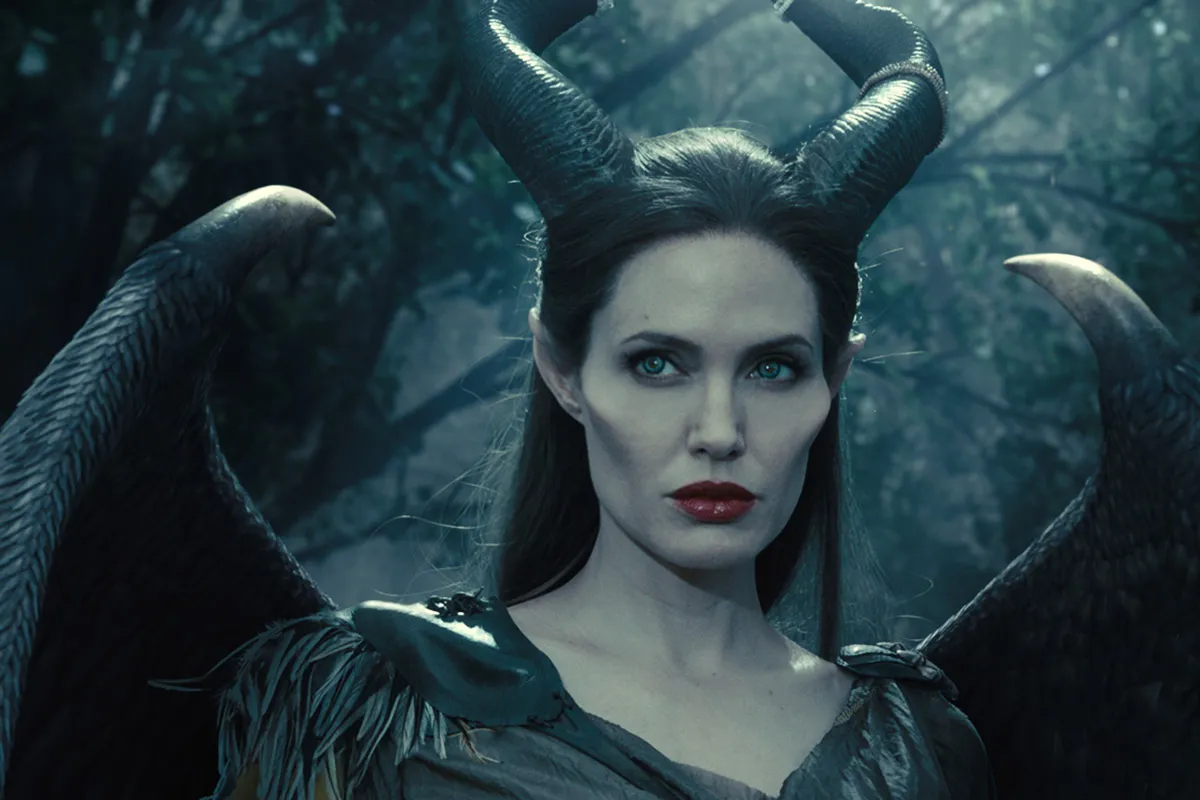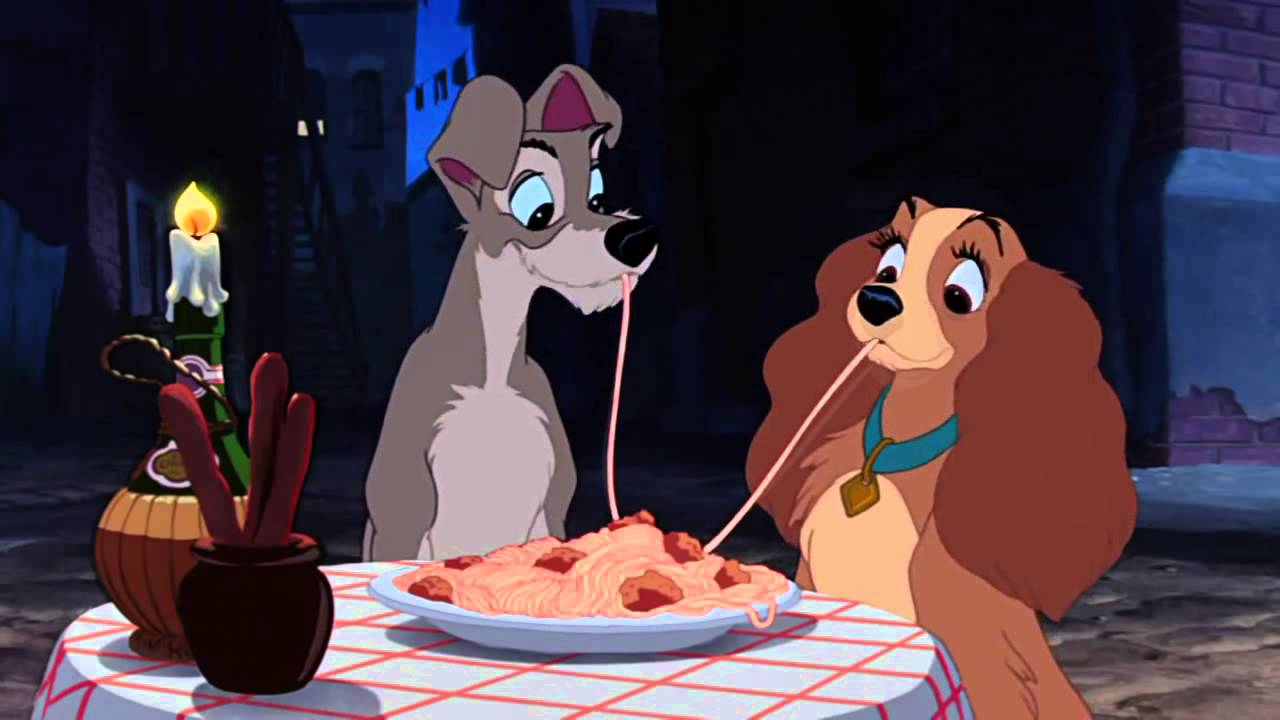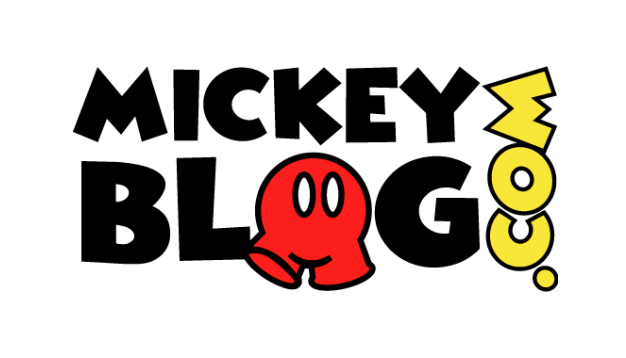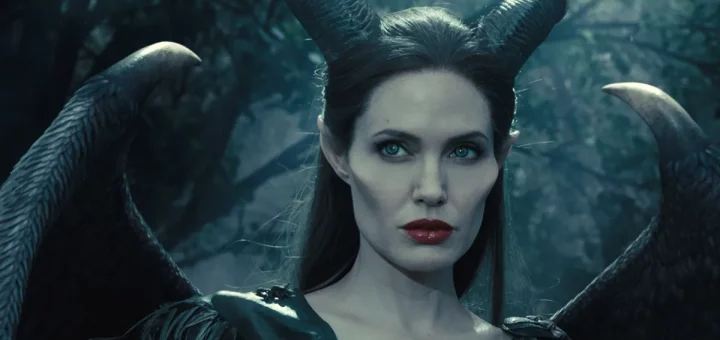How the Love of Disney Classics Hurt the Brand
A Hollywood veteran named Sean Bailey has left Disney after a 20-year tenure, during most of which he oversaw production.
Now that Bailey has exited, analysts are performing postmortems on his Disney career.
Alas, many of them have missed the point. The studio boss had less to do with Disney’s recent struggles than suggested.


Photo: Yahoo
Instead, the problems stemmed from our enduring passion for some of Walt Disney’s finest films.
Here’s how the love of Disney classics hurt recent releases.
Hey, If It’s Working…


Photo: Pexel.com
Are you superstitious by nature?
According to Statista, 34 percent of people admit that they’re at least somewhat concerned with jinxes and the like.
So, one in three people will perform strange acts due to superstition.


Photo: Variety
I’d tell you that I’m not one of them, but then again, I’ve got a Falcons shirt I never wear on gameday. It’s brought me too much bad luck.
Former Disney executive Sean Bailey leveled up at Disney for the opposite reason.
Bailey handled two different disastrous projects involving beloved Disney characters.


Photo: Variety
Each film somehow succeeded beyond anyone’s wildest expectations.
In layperson’s terms, that’s akin to winning a sizable amount in the lottery with each of your first two ticket purchases.
You’re gonna keep buying lottery tickets because it’s easy money.


Photo: Brittanica
That statement applies to Bailey as well.
When the producer became the President of Walt Disney Motion Picture Production, he inherited a movie.
The title in question was a “re-imagining” of Alice in Wonderland as told by visionary Tim Burton.


Photo: Disney
In a case of extremely fortunate timing, this 3D film came out in March 2010, just as 2009’s Avatar was slowing down.
The James Cameron film had whetted the appetite of movie-goers, ones suddenly obsessed with 3D special effects.
While I’m a Tim Burton fan, Alice in Wonderland qualifies as an objectively mediocre film.


Photo: Disney
Currently, the film’s Rotten Tomatoes scores are 51 and 55 percent, while its IMDb rating is 6.4 out of 10.
But the film is in 3D and based on a beloved Disney story.
So, due to factors unrelated to quality, this movie crushed the box office with more than $1 billion.


Getty
At the time of its release, it was only the ninth film ever to earn $1 billion at the box office.
Somehow, this one wasn’t the real shocker, though.
The Lesson of Maleficent


Image: Disney
Describing Maleficent as a troubled production would be kind. This was a disastrous shoot in all forms.
Disney recognized the mess and hired John Lee Hancock to “assist” with the reshoots, a polite way of saying someone else finished the film.
Effectively, Maleficent threw out the beginning of its story and reshot entire sequences.


Credit: Disney
Here’s the thing, though. Maleficent’s reception wasn’t as icy as Hollywood insiders had expected.
People really wanted to watch Sleeping Beauty from the perspective of the evil fairy.


Disney
Even though people working behind the scenes on the project viewed it in an unflattering light, Maleficent graded out okay, too.
On Rotten Tomatoes, its scores are 54 and 70 percent, while IMDb grades it at 6.9 out of 10.


Maleficent
In short, even though Tim Burton directed Alice in Wonderland but passed on Maleficent, people liked the latter movie more.
Disney and Bailey braced for the worst with Maleficent’s box office, only to watch in shock as it earned nearly $760 million worldwide.
Maleficent performed so well that it got a sequel! In the process, Disney and Bailey learned the wrong lessons about these films.


Maleficent: Mistress of Evil
This circles back to superstition. They bought two lottery tickets with extremely low odds. Both paid out.
So, everyone agreed to keep buying lottery tickets. And the rest has become Disney history.
What caused Disney to soar in the 2010s has become an onus in the 2020s.


(Photo by VALERIE MACON / AFP) (Photo by VALERIE MACON/AFP via Getty Images)
The thought of the live-action remake draws sharp rebukes from modern movie-goers, even though they’ve watched many.
The underlying problem is hidden in plain sight. People attend movies even though they lack quality.
Then, these same consumers complain afterward, creating a negative perception of what has become an entire Disney brand.
If It Ain’t Broke


Photo: kindpng.com
Early in Sean Bailey’s tenure, he struck gold with these live-action remakes, even though they weren’t very good.
What was his understandable response as a business leader? He produced more of them.
In the process, Disney doubled down on a divisive concept.


Photo: Disney
On the one hand, fans adored seeing new special effects-laden recreations of Disney classics.
On the other hand, many of these titles lacked the spirit and whimsy of the originals. But people still watched them.


Photo: Disney
Here’s the list of Disney live-action remakes over the past decade, along with their global box office totals:
- Cinderella — $540 million
- The Jungle Book — $967 million
- Alice: Through the Looking Glass — $300 million
- Pete’s Dragon — $143 million
- Beauty and the Beast — $1.26 billion
- Aladdin — $1.05 billion
- Maleficent: Mistress of Evil — $492 million
- The Lion King — $1.66 billion
- Dumbo — $353 million
- The Little Mermaid — $570 million


Photo: Disney
Disney invested roughly $1.75 billion to produce these live-action remakes and spinoffs, knowing Disney fans couldn’t say no.
In return, the titles claimed combined box office of $7.3 billion—and that’s just during the theatrical releases.
Disney earned exponentially more on the second markets like home video and film licensing for television/streaming.


Photo:cnet.com
Any money person looking at this list would experience that cartoonish sensation of dollar signs popping out their eyeballs.
For Disney fans, the conversation proves more nuanced. How many of those titles do you love? And how many broke your heart?


Movie Theater
Under Bailey’s guidance, Disney films proved more profitable than anyone could have possibly expected.
However, the lackluster quality of several titles eroded the brand and retroactively diminished the innate simplicity of the originals.
A Bridge Too Far


Photo: English Jargon
When Disney+ arrived, Bailey and Disney walked even farther down the path.
Disney rushed to create new content for its fledgling streaming service.
This strategy led to some genuinely brand-damaging output.


Disney
Specifically, three titles debuted on Disney+ — Lady and the Tramp, Pinocchio, and Peter Pan & Wendy.
Critics scoffed at these titles, while fans recognized that Disney had gone over to the bad place when it came to remakes.


Photo: Disney
Everyone’s favorite storytelling company had relied too heavily on special effects and overlooked the story itself.
That’s probably going to be Bailey’s legacy at Disney, at least at the end of his tenure.
Since Bob Iger worked as the de facto head of all Disney creative in 2020 and 2021, he deserves even more of the blame.


Scott Mlyn | CNBC
At this point, when fans mention live-action films, there’s an immediate agreement about their lackluster quality.
This lingering perception damaged The Little Mermaid’s box office and has already caused problems for 2025’s Snow White remake.
Then, we have the problem of Disney’s live-action sequels.


El Capitan
You’ll note that the box office fell for Alice in Wonderland and Maleficent’s follow-ups.
Since the original films were just okay, people didn’t feel incentivized to watch the sequels.


Photo: Disney
That same issue may yet negatively impact the potential box office of Mufasa: The Lion King.
All these hostile perspectives about live-action remakes forced Iger to take action.
Time to Fix It
Photo: Variety
Bailey recently left Disney after a 15-year run as the head of production.
His replacement, David Greenbaum, inherits Disney’s current branding mess.
The choices here are straightforward. Should he take Disney storytelling in a different direction, or should he stay the course?


Photo: Disney
Creatively, the choice is clear. Financially, the conversation proves more challenging.
Fans love the Disney classics so much that they have voted with their wallets, even to their own detriment, with live-action remakes.
We’ve held our noses and entered movie theaters in hopes of a reminder of the films we loved as children.


Photo: Screen Rant
Alas, that’s not enough now. Disney mined our love of Disney classics in a way that led to an inevitable conclusion.
Now, Disney stories require a course correction in prioritizing the spirit of Disney classics over monetization, something easier said than done.


MickeyBlog Logo
Thanks for visiting MickeyBlog.com! Want to go to Disney? For a FREE quote on your next Disney vacation, please fill out the form below, and one of the agents from MickeyTravels, a Diamond Level Authorized Disney Vacation Planner, will be in touch soon!
Feature Photo: Disney









